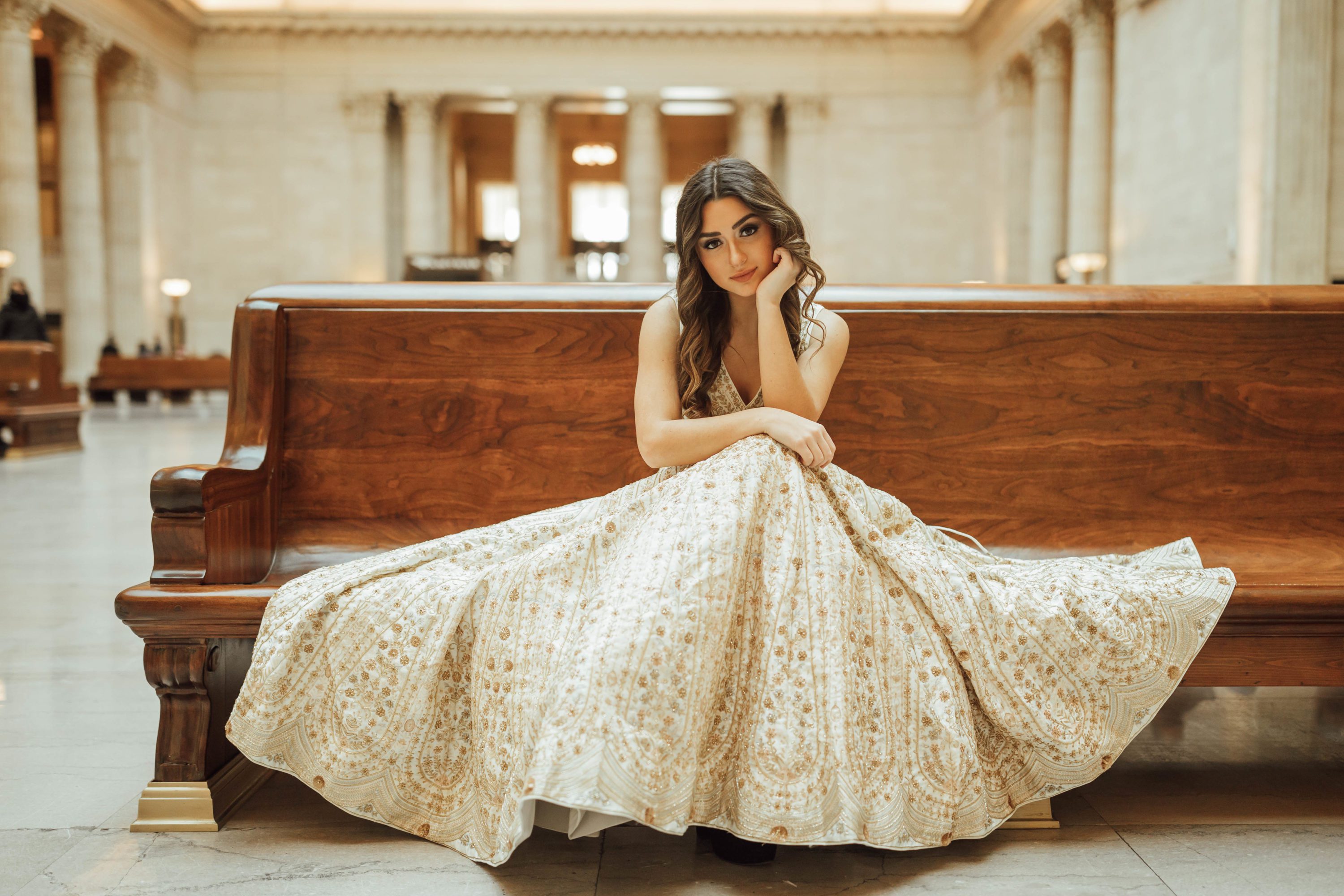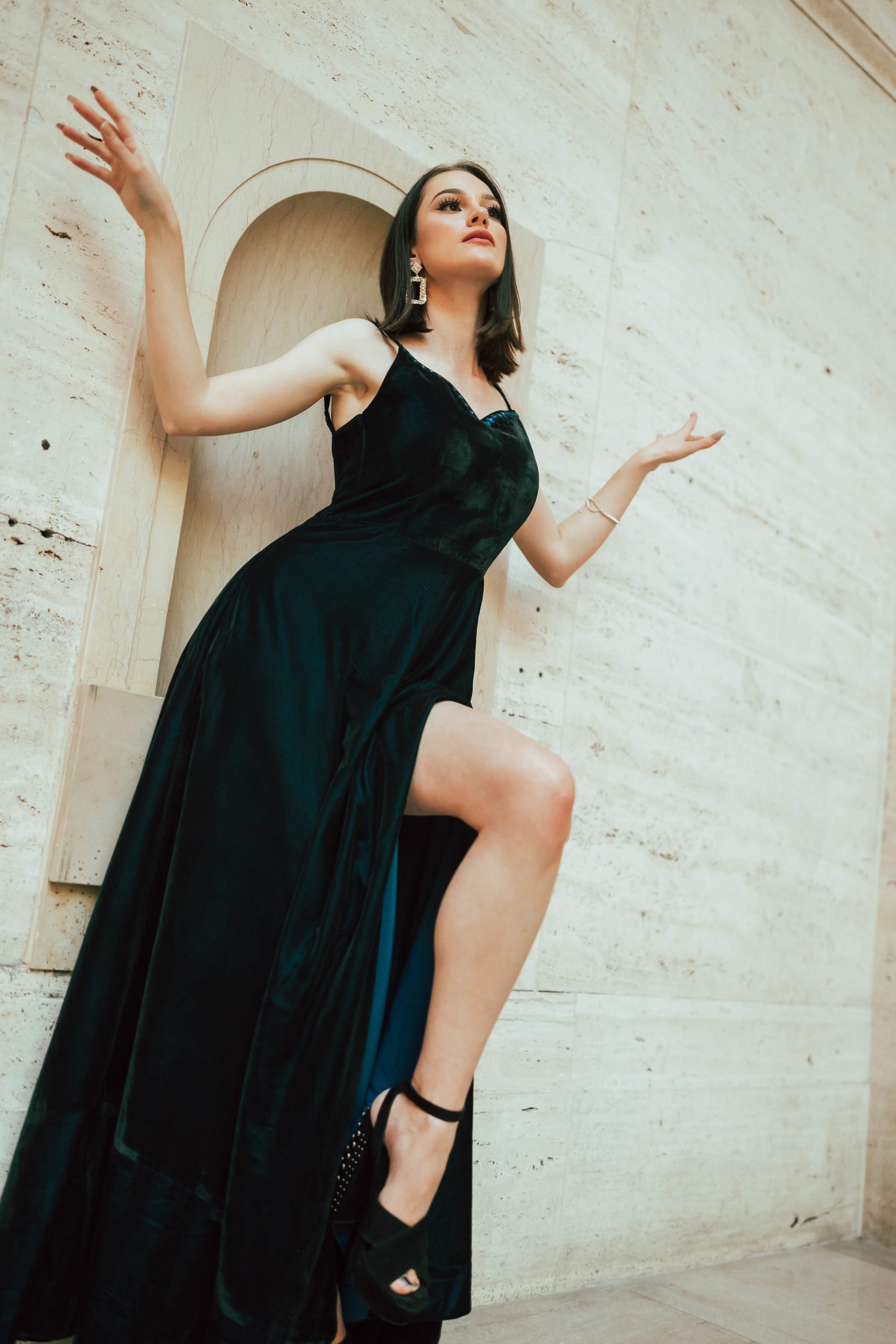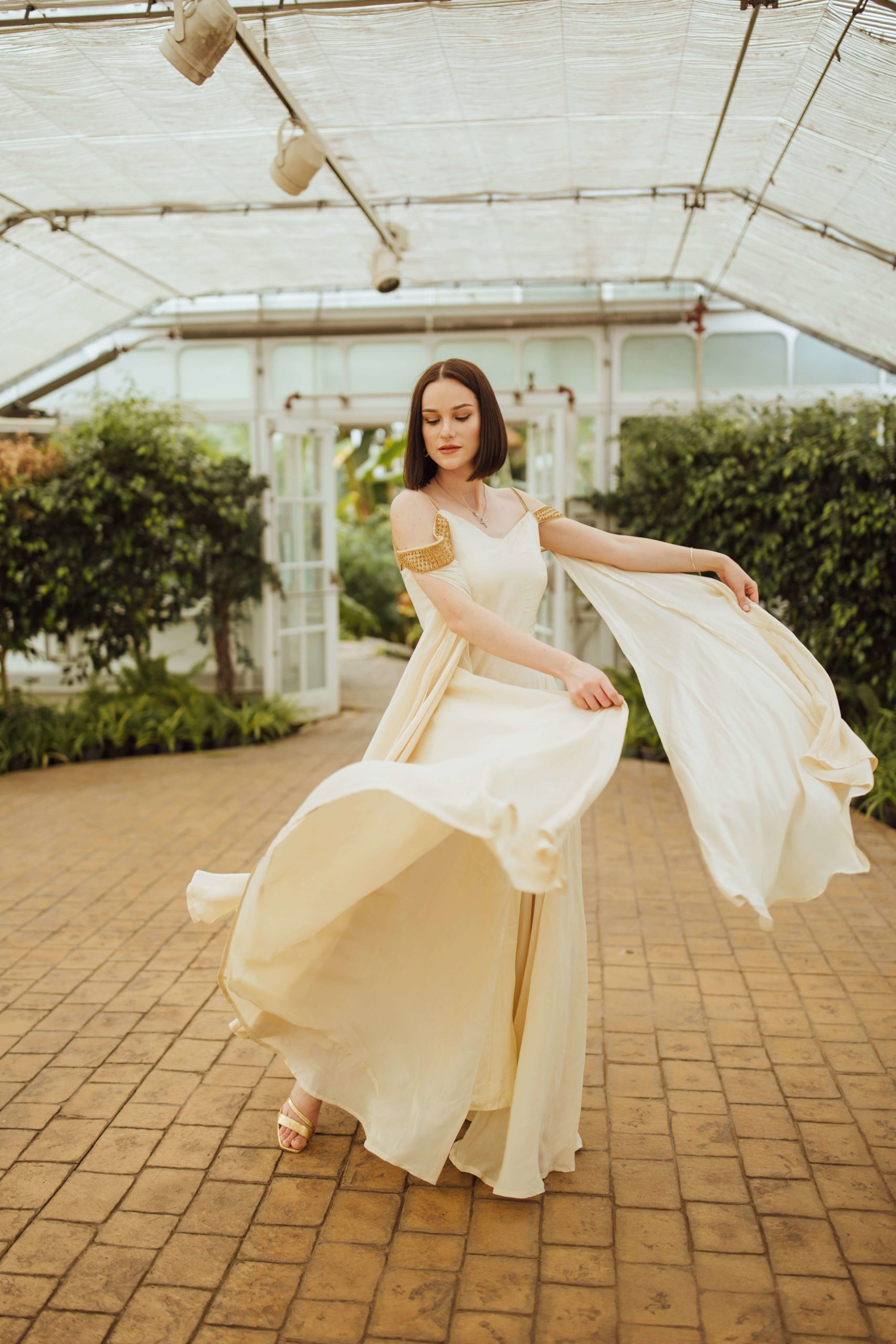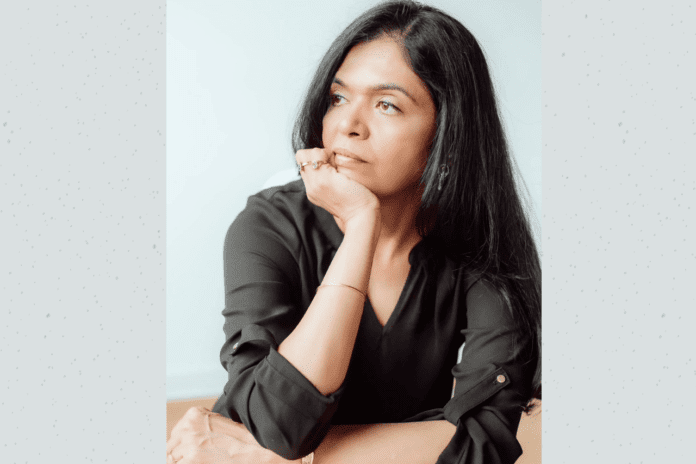As a part of the Morning Lazziness series about empowering women who are encouraging and doing incredible things with their ideas in society, I had the pleasure of interviewing Shreya Patel, Founder and Creative Director of Tanisi and RAAS the Global Naari
Shreya is also the founder of the hugely successful South Asian fashion label RAAS. Shreya founded RAAS and Tanisi at the age of 51, leaving behind her career as a Financial Analyst when she moved from India to the United States in 2016. After taking courses through Parsons School of Design, Shreya channeled her passion for designing into a venture and has since spearheaded the company’s commitment to ethics and sustainability by employing artisans in India with fair wages and working conditions.
In her first year designing her own line, Shreya was disconcerted by the treatment of workers in India, where they were making their clothes, so she purchased her own manufacturing units and began creating jobs in her home country, ensuring fair wages, good working conditions, and opportunities for professional development. She also committed to handmade in order to keep craftsmanship alive and creating additional jobs and economic opportunities.
Thank you so much for joining us in this interview series! Our readers would love to “get to know you” better. Can you share your “backstory” with us?
I was born and raised in India; we came to the US in order to further our children’s education. Formally speaking, I have a degree in Statistics and worked as a financial analyst for nearly two decades while also managing my husband’s eye clinic. Fashion and entrepreneurship is a second career for me, and one that I began at the age of 51.
When and how did it all begin?

Prior to starting RAAS the Global Naari, and now Tanisi, I did not have formal training in fashion, but my passion for designing has existed ever since I was a little girl. When I decided to make a career change, I took courses at Parsons School of Design and my skills have grown from there. Tanisi is a casual label focused on high-quality, sustainable designer pieces at an accessible price point. We choose handmade when it comes to our items because it’s not only a higher quality product, but it also allows us to create more fair and ethical jobs in my home country of India, where each piece is made. The result is a selection of unique and easy-to-wear items that are designed to last.
What sparked your interest in fashion?
It sounds like quite a drastic change from being a financial analyst to becoming a designer. But Tanisi is a passion project, one that combines my eternal love for design and art along with the desire to give back to the community. Even when I was working in finance, I was always looking for ways to express my creativity in my free time. The creation of Tanisi is the realization of my creative dreams and seems like a natural progression of events to me.
In your opinion, what are the most critical aspects of the fashion industry?
Sustainability is a major focus for us.
We are all well aware of the environmental impact of production and consumption. It is not enough to be aware; we must act as well. By intentionally handcrafting our fashion styles with durable fabric and with a made-to-last closet in mind, we are very much focused on sustainability.

Another area that we are focused on is the ethical manufacturing of our garments. We have a US headquarters and a manufacturing unit in India where we fully own the facility. When we started out and were using a manufacturer, we were unhappy with the treatment of the people who were creating our garments. So, we shifted to ownership to ensure that our ethical work standards are upheld: all our employees receive fair wages, work in safe and secure environments, and have ample opportunities for personal and professional growth.
We love to share with our customers that our intricate and high-quality designs are not just a class apart from mass-produced fast fashion; choosing handmade allows us to support the livelihood of skilled artisans and keep traditional crafts alive.
Your collections are always quite influenced by the colors of the season. Why is this the way you design?
You’ll notice throughout our collection that we rely on hand embroidery and dyeing, rich colors, and beautiful fabrics that stand apart from what you can find in stores. Each item is special. This season, we have a number of items with block dye designs – a fresh and sophisticated take on the tie-dye or dip dye trends that have been so popular. Our goals are to present rich colors and fabrics at accessible price points that are also designed to be some of the most special items in our customers’ closest.
List some of your design influences, both past, and present.
I have been inspired by traditional handicrafts and I always try to incorporate those in my collections so I can create more employment with each collection rather than focusing on designs that are machine-made.
What do you think about work ethics and what kind of ethics you believe in following while working with fashion?

Tanisi was developed not just as a fashion house but also as a way to uplift and empower everyone involved. We pay our employees a fair wage and provide other benefits that are not easily obtained by workers in Indian clothing factories. We’re proud to be creating good jobs and making a measurable difference in our home country.
How do you choose your fabrics and where are they sourced from?
We have a very thorough vetting process. We make sure the fabric we source is from ethical means. It is important to know that middlemen are not exploiting any workers. Working conditions are also very important, and we try to make sure to do business with those manufacturers who are passing the benefits onto their workers.
There’s so much pressure for designers to come out with their greatest collection season after season. What advice would you give to young designers just starting out and hoping to make it in the industry?
Think of giving back to the world. Be grateful to your team. Together we can create a change. I believe in fashion with a purpose. As consumers can feel elegant, sexy, and special while still making choices that are socially conscious.
Thank you for these fantastic insights. We greatly appreciate the time you spent on this


